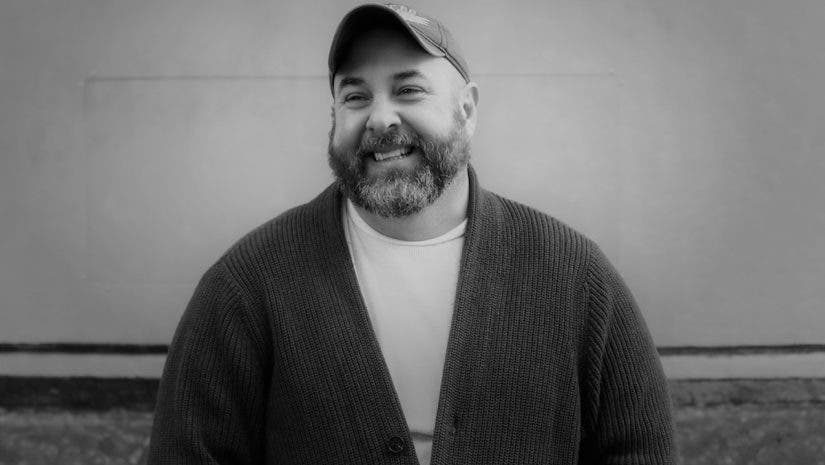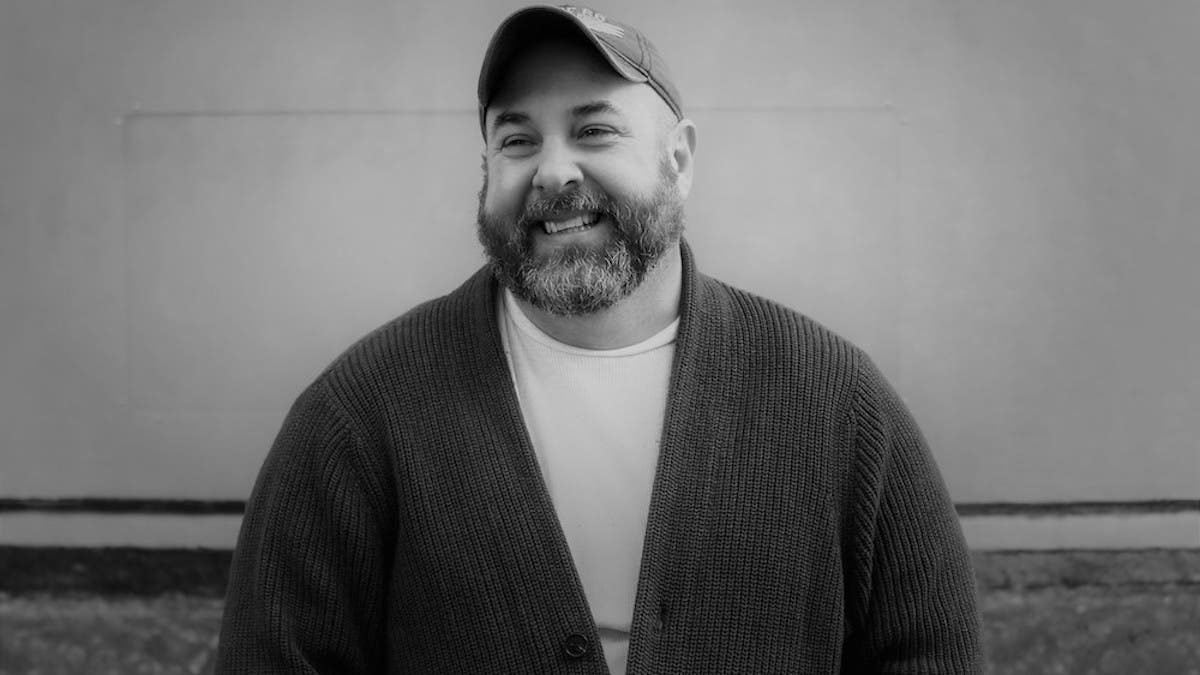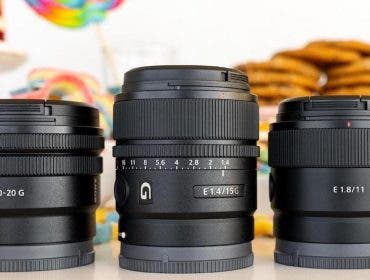At this point, you probably know about mom bloggers and, more recently, mom vloggers. Although, there’s a growing group of content creators elevating new voices in digital parenting conversation: dads. It’s not that the “dad creative” is new. Hardly. But they are getting a louder voice. This is something author and father Shannon Carpenter is excited about.
“You’ll see a lot of parenting sites don’t include a dad’s perspective, or they don’t talk about issues that dads specifically face. It’s getting better, but it’s still lacking.”
That’s one reason Carpenter wrote The Ultimate Stay-at-Home Dad manual, published in 2021. This humorous-yet-helpful guide features parenting wisdom sourced from more than 50 dads, including those who co-host the DadHouse podcast with Carpenter. Through this manual, Carpenter is hoping to give dads the advice they actually need — from those who’ve often learned the hard way.
“Dads don’t need platitudes on how to raise children and how to be a father,” Carpenter said. “We need honest-to-God practical advice, like ‘what do I do if there’s no changing table?’ or ‘what do I put in my diaper bag?’”
We sat down with Carpenter to learn the story behind his book and the burgeoning dad-creator movement. Here’s what he had to say — dad jokes very much included.
Cultivating Creativity
Carpenter may now be a published author but he didn’t always feel comfortable with his creativity.
“I was one of those people who was always creative, but I kind of denied it,” he said. “I wasn’t raised in a household where it was encouraged. It was Texas. Everyone had to play football, so that’s what I did.”
He went on to get a corporate job after college, but when he and his wife were expecting their first daughter, he decided to make a change.
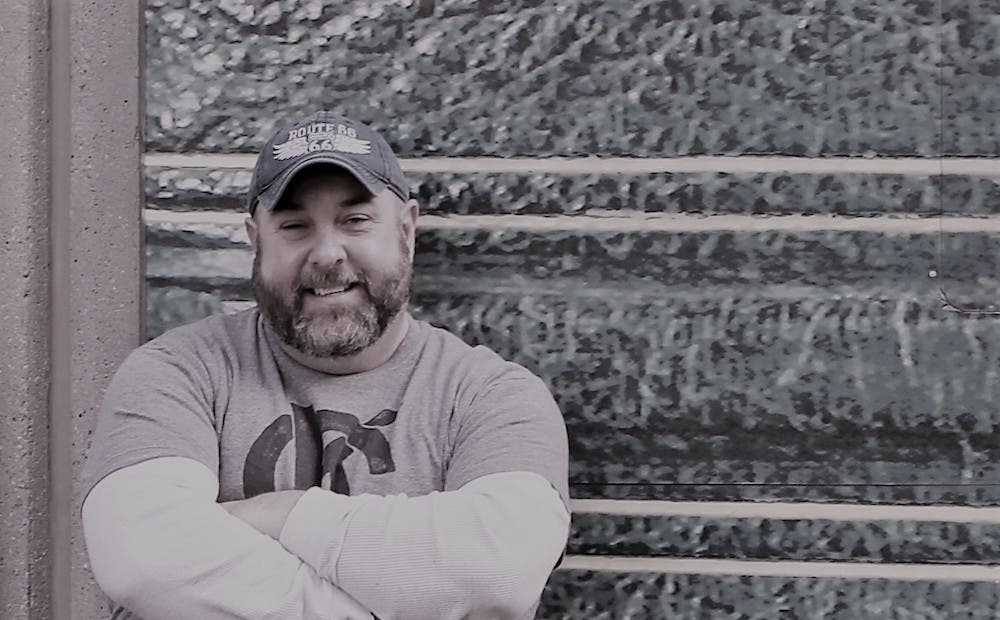
“We had my daughter and my world just changed. I decided I was going to be the one to stay home, and during that time, my outlet was writing,” he explained.
Carpenter began his stay-at-home-dad journey in 2008. He spent ten years “writing secretly, without getting published anywhere, because again, creativity wasn’t encouraged.”
When his youngest child was about to go to kindergarten, his wife sat him down and posed a life-changing question: “When are you going to write for real?”
At this point, the wheels were in motion. “I was like, you know what, I should just embrace who I am as a creative and embrace it completely. I did — and things took off.”
The Building Blocks
Now, Carpenter didn’t go straight from private writing to book deal.
“I took a local community college class to see if I could even do this. It turned out [the class] was way more basic than I thought,” he said.
After that, he got a new computer, started breaking into lofty publications like The Washington Post, and honed his humor-writing craft by training at Second City, a world-renowned improv comedy society. Over time, he found his calling.
“I write dad jokes and about my experience as a dad, mostly in a humorous way and through satire,” he said. “My kids are involved. It’s a good way to continue to be a stay-at-home-dad and also have a career.”
Recently, Carpenter also had one of his biggest breakthroughs of his career…
Landing a Book Deal
“I’m always a big believer that if I just show up, at least I’m there. At least then they have to tell me no.”
It’s almost every writer’s dream to get a book deal, and Carpenter landed his book, The Ultimate Stay-at-Home Dad manual for one of the most recognized publishers in the world.
“You can literally go to any bookstore in America and probably find it — I don’t brag about it a whole lot. But maybe I should?” he said.
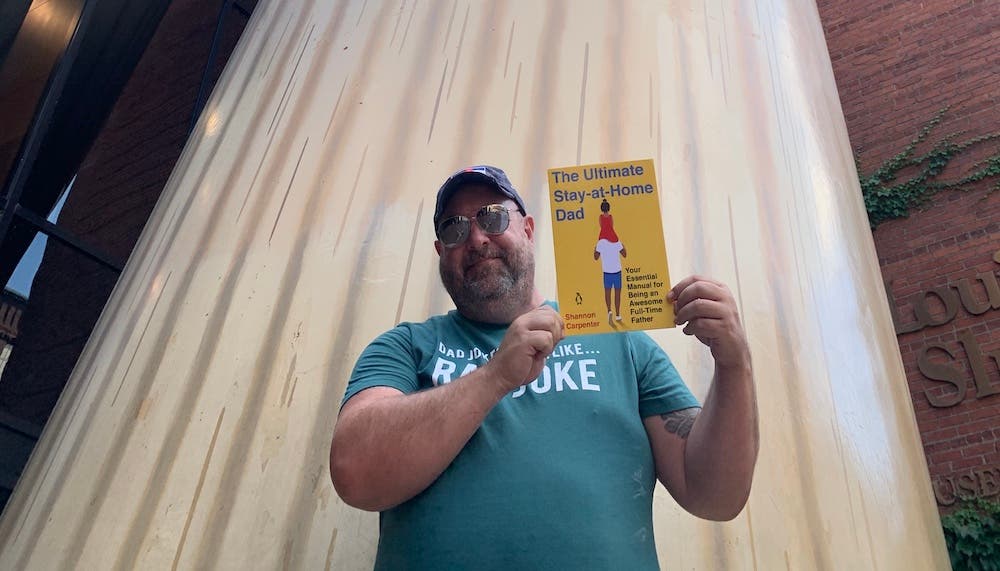
While outsiders see this as exciting career success, Carpenter is quick to note the behind-the-scenes work — and rejection — that goes into this. He says rejection has been a huge motivator in both his career and life.
“I’m always a big believer that if I just show up, at least I’m there. At least then they have to tell me no,” he said. “I also turn it into a competition. You said no this time, but I have another idea coming. These rejections are a sign I’m doing what I am meant to be doing. The alternative is not getting rejections, but also not having anything out in the world.”
Turns out, those rejections also pay off. Carpenter’s been featured everywhere from The New York Times to The Wall Street Journal. He’s also made an appearance to discuss the book on Good Morning America. (According to his DadHouse podcast bio, “Buzzfeed also recognized him once as one of the funniest women of the week, which was weird, but he just rolled with it.”)
The story behind Carpenter’s book deal — particularly the 24-hour period after he learned about it — is a good reminder that you never truly know what someone else is going through.
“I got the call on a Friday night that [Penguin] wanted to buy my book. I was super happy. The next day, my brother-in-law died unexpectedly in an accident. I had the highest high and the lowest low in 24 hours,” he said.
Community is Everything
“Community plays a huge part in the book because I want dads to know they’re not alone — we’re doing this together.”
The one way he was able to navigate it all? Community. Carpenter has a group of dad friends that he does just about everything with, from camping trips with the kids to recording the DadHouse podcast.
“Community plays a huge part in the book because I want dads to know they’re not alone — we’re doing this together,” he said. “The podcast continues that. It’s the same five guys talking about the issues that mean something to fathers and, of course, we joke around a lot.”
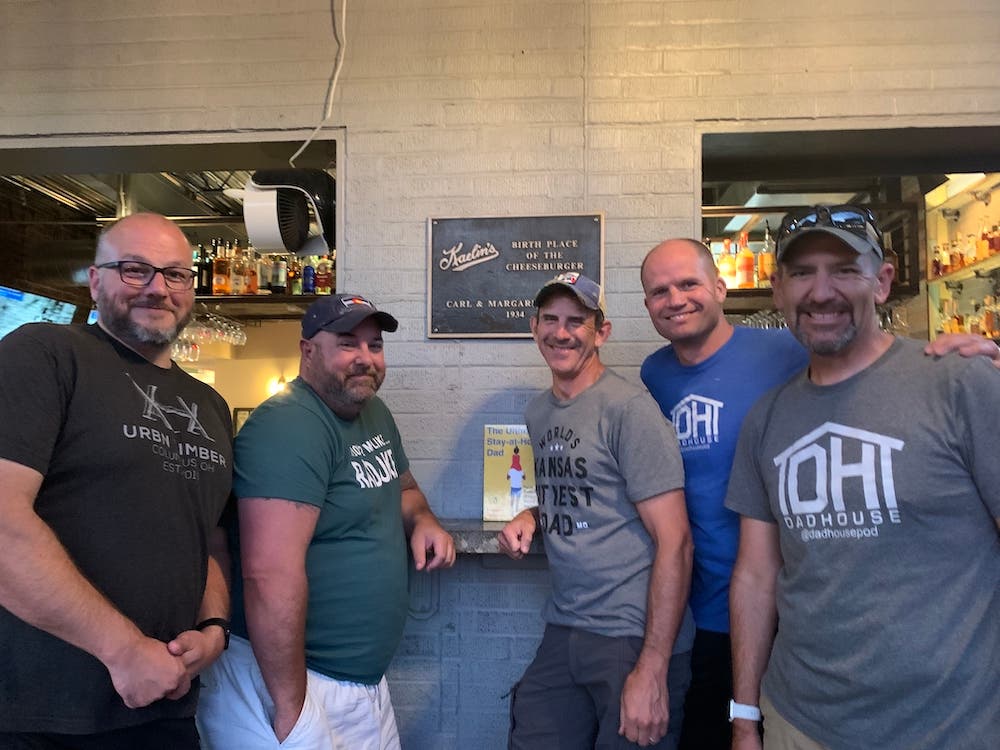
The podcast theme is simple but needed, he said. “It tells dads you don’t have to be anybody other than who you are. Take your natural ability and use that as a parent. If you don’t like crafting with cotton balls and plastic cups, don’t. Go build something with wood.”
Carpenter said the DadHouse podcast approach is to tell stories that are entertaining, share a lesson, incorporate some humor, and highlight a problem and solution. From the podcast to his book, this proves to be resonating.
“Guys have written me to say I taught them how to be a better father, or I nailed a certain part [of the book],” he said. “I latch on to those. I know it’s not world changing for the whole world — it’s one guy at a time.”
Incorporating the Kids
In addition to helping dads through parenthood, Carpenter’s approach to storytelling is helping aspiring dad creators learn how to respectfully incorporate their children in content. The golden rule is to never forced it upon them.
“It’s their choice whether they want to be part of it or not,” he said. “They always have veto power. They’re the hero in almost every story. The embarrassment is all mine, and that’s intentional.”
Carpenter also suggesting writing down the story, knowing full well you don’t have to use it.
“If a story needs to be written, write it. I can’t keep these in my head. But that doesn’t mean you have to publish it and send it to the world. I don’t want to put things out there that would embarrass them or take advantage of them in any way. That’s a big part of what I think about. That’s why the stories focus on my failures, not theirs.”
Speaking of incorporating children into your career or creative hobby, it’s a good idea to let your kids experience your work as well. You may get a one-of-a-kind compliment out of it, like Carpenter, who enjoyed an immediate mood-boost the first time his daughter read his manual.
“She came downstairs [after reading the book] and said: “Dad, you’re actually funny!”” he recalled. “That’s the best endorsement right there.”
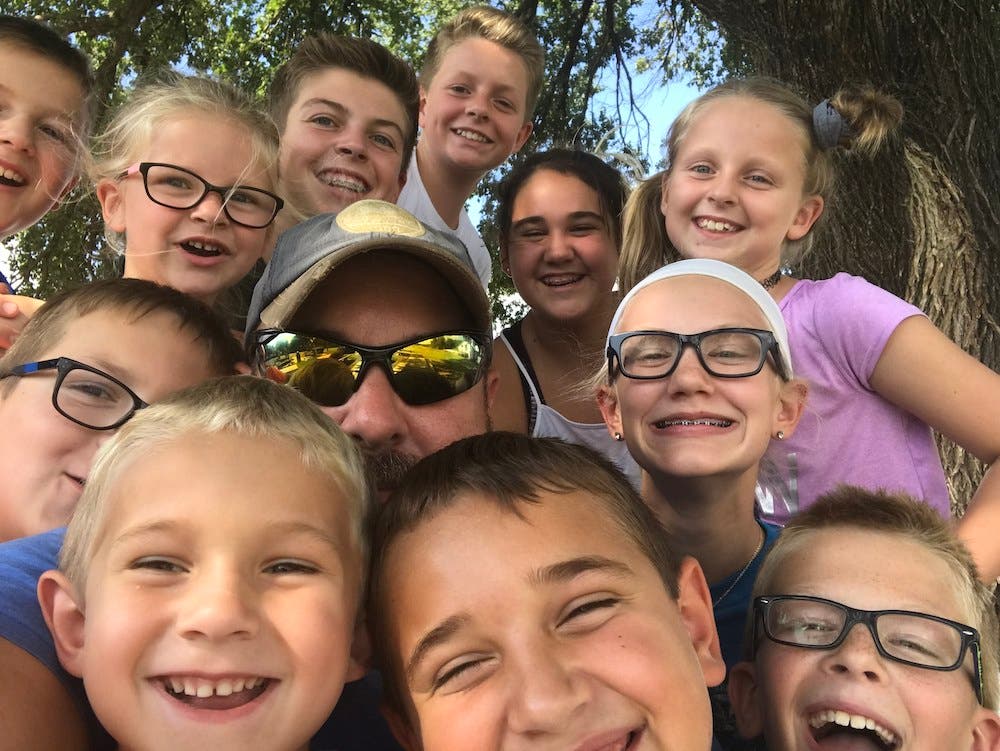
Remember What It’s All About
Much of Carpenter’s relationship with his kids revolves around — not surprisingly — dad jokes and fun. Although, he does have serious and important goals when it comes to parenting.
“What I’ve really tried to teach my kids is that the world can be a scary place if you let it be, and I think we’re going through that right now,” he said during our conversation, which took place the morning after the Uvalde school-shooting in May 2022.
“I don’t want them to hide from it. We take dad trips every year with the kids so they can have all these silly adventures. I want them out in the world. I want them to experience the world and build those memories because that will give them strength. When they have hard times in their lives, they’ll go back to those memories as a comfort zone.”
Go-To Podcasting Gear
Writing gear is simple. Most writers use a laptop, audio recorder, and notebook to share their words with the world. But, we did ask Carpenter’s DadHouse podcast co-host and editor Mike Bowlin for some of his favorite and wish-listed podcast gear.
Shure SRH440A Professional Studio Closed-Back Over-Ear Headphones
Bowling says these have great, balanced sound. Plus, they’re comfortable.
Maono MAONOCASTER AU-AM100 All-In-One Audio Interface Podcast Production Studio
These are ideal for live podcasting, Bowling notes. It has a couple of inputs for microphones and an aux input for other things like Zoom records, or any other items you could connect to help make your podcast better.
Rode RODECaster Pro Integrated Podcast Production Console
Bowling says this console is ideal for recording in person — particularly given the professional quality viewers will enjoy in the final product.
For more creative-industry inspiration, don’t miss our interview with jetsetter Michelle Valberg, who’s made a career out of traveling and photographing the world.
